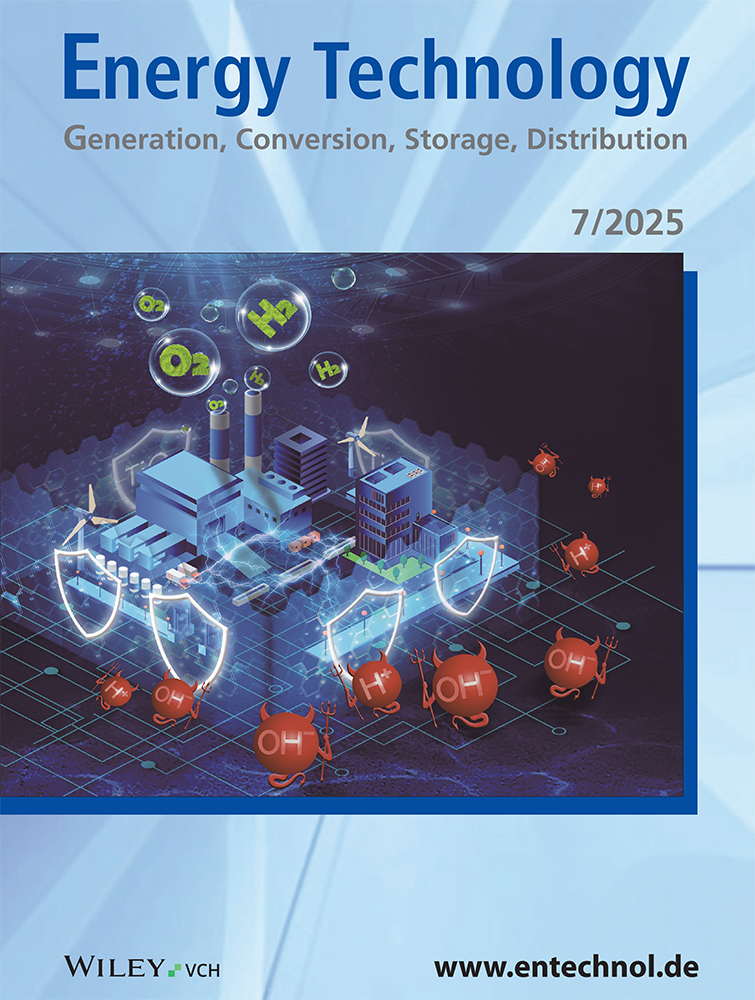Separation Study of Magnesium–Lithium from Low-Mg/Li Brine
Abstract
The lithium present in salt lakes constitutes a significant and valuable resource. There are various methods for extracting lithium from salt lake brine, but currently, they all face challenges such as high energy consumption and low utilization efficiency of lithium resources. One prominent issue is the composition of feedstock during lithium extraction, specifically determining the optimal concentration ratio (nMg/nLi value). This constitutes a critical aspect in the later stages of the extraction process, influencing the cost and efficiency of lithium extraction processes. The fundamental reason for this prominent issue is the effective control of the evaporation and concentration process of lithium-containing brines, which is caused by the disconnection between the evaporation process and the subsequent processing and extraction stages. Therefore, considering the concentration variation patterns of Li+ and Mg2+ in brine during the evaporation process, paper employs a combination of experimental research and computational simulation. It investigates the variation of Li-Mg concentrations and their interactions during the natural evaporation enrichment process. The research investigates changes in lithium and magnesium concentrations and their interactions during natural evaporation enrichment process of salt lake. Elucidates the mechanism of lithium migration and proposes a new lithium extraction process - the ‘3 Steps 2 Units’.
Conflict of Interest
The authors declare no conflict of interest.
Open Research
Data Availability Statement
The data that support the findings of this study are available on request from the corresponding author. The data are not publicly available due to privacy or ethical restrictions.




